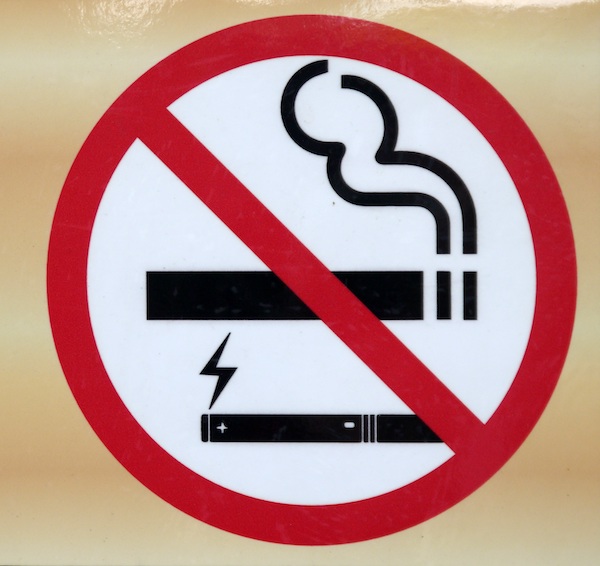 Not smoking or quitting smoking is important for overall health, including oral health. When a smoker quits, it improves their health and quality of life and the health and quality of life of those around them, especially young children.
Not smoking or quitting smoking is important for overall health, including oral health. When a smoker quits, it improves their health and quality of life and the health and quality of life of those around them, especially young children.
This Brush Up on Oral Health tip sheet describes some oral health problems related to smoking that can affect parents, pregnant women, and children. It offers tips Head Start staff can use to help parents and pregnant women quit smoking.
Oral Health Problems Related to Smoking
Long-term use of products containing tobacco and/or nicotine can result in serious health problems, including cancer and heart and lung diseases. Smoking traditional cigarettes, e-cigarettes, cigars, pipes, and water pipes – and using smokeless tobacco – can cause these diseases. Using tobacco products also affects oral health.
- Tooth decay. Smokers can have more tooth decay than non-smokers. The nicotine in tobacco slows down the mouth’s ability to make saliva and creates dry mouth. Saliva helps prevent tooth decay by washing food and bacteria from the teeth. It also helps repair very early stages of tooth decay. Also, young children who are regularly exposed to secondhand smoke have higher rates of tooth decay in their primary teeth, compared with those who are not exposed.
- Gum disease. Gum disease is an infection of the gums that can affect the bone structure that holds teeth in the jaw. In severe cases, gum disease can make teeth fall out. Smoking causes gum disease because it weakens the body’s ability to fight infection, making it hard for gums to heal. Smokers are twice as likely to develop gum disease as non-smokers, and treatment may not work as well as for non-smokers.
- Oral cancer. Tobacco use increases the risk of oral cancer in the lips, tongue, cheeks, floor of the mouth, hard and soft palate, sinuses, saliva glands, and throat.
- Poor birth outcomes. Pregnant women who smoke are more likely to have miscarriages, babies born too early, or babies with low birthweight. They also are at higher risk for sudden infant death syndrome. Smoking during pregnancy also increases a person’s risk of delivering a baby with cleft lip and/or cleft palate (when a baby’s upper lip or roof of the mouth does not join completely during pregnancy).
- Stained teeth, bad breath, and loss of taste and smell. Nicotine and tar in tobacco stain teeth and can turn them yellow. Smoking is also a common cause of bad breath, and it affects ability to taste and smell.
Strategies to Help Parents and Pregnant Women Quit Smoking

- Help families understand the impact of smoking on health, including oral health. Ask the family if anyone smokes. Getting this information and discussing the hazards of smoking with pregnant women, parents, and other family members who smoke can be a first step in helping the family establish a tobacco-free environment and in creating a quit-smoking action plan.
- Share methods to quit smoking. Use motivational interviewing to share information about the dangers of smoking and to assess pregnant women’s and parents’ willingness to quit smoking. The Motivational Interviewing Suite provides information about the approach and how to use it. On Smokefree.gov, Explore Quit Methods describes different methods to quit smoking. It explains which methods are most effective, which are most affordable, and which may have side effects. Smokefree.gov also offers quit-smoking tools and tips specific to veterans, women, teens, and adults ages 60 and over.
- Develop and enforce tobacco-free policies. Tobacco-free environment policies are designed to protect non-smokers from secondhand and thirdhand smoke. The Oregon Head Start Association and the American Lung Association of Oregon developed a model policy for early childhood education and care programs seeking to promote a tobacco-free facility. The American Academy of Pediatrics provides resources that Head Start programs can use to inform pregnant women and parents about the dangers of tobacco and how to establish policies and practices that promote a tobacco-free environment.
Read more:
Resource Type: Article
National Centers: Health, Behavioral Health, and Safety
Audience: Teachers and Caregivers
Series: Brush Up on Oral Health (BUOH)
Last Updated: February 3, 2025
